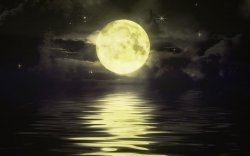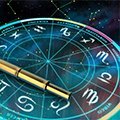20 interesting facts about the moon
The moon (Latin Luna) is the only natural satellite of the Earth. This is the second brightest object in the earth's system. The mistress of the night sky. Many signs, rituals, and beliefs of people are associated with it. Many lunar secrets are already revealed. However, interesting facts about the Moon, which scientists can not unequivocally explain, continue to stir people's minds.
1. The moon appeared as a result of a collision
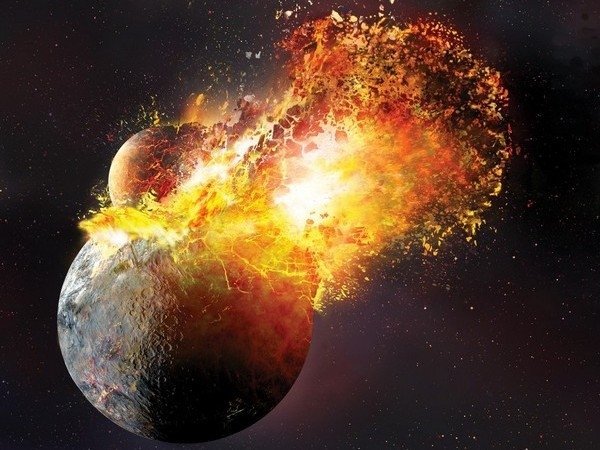
The moon appeared as a result of a collision. Scientists believe that the Moon was formed from the debris of the Earth and a space object of the size of Mars after their collision.
2. 206 thousand 264 of the Moon
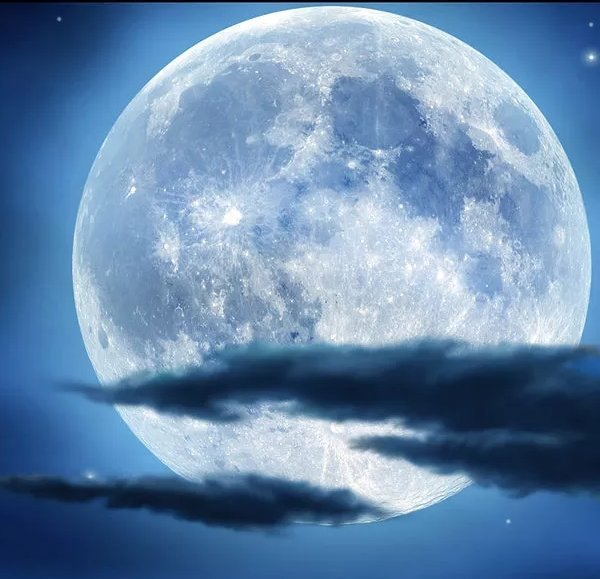
Lunas would be needed, and 206 thousand 264 of the Moon would have to be in the full moon phase.
3. People always see the same side of the moon
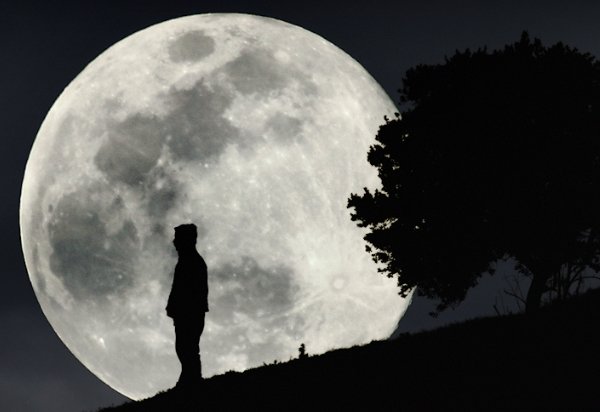
People always see the same side of the moon. The gravitational field of the Earth slows the rotation of the Moon around its axis. Therefore, the rotation of the moon, its axis, occurs for the same time as its rotation around the Earth.
4. The Other Side of the Moon
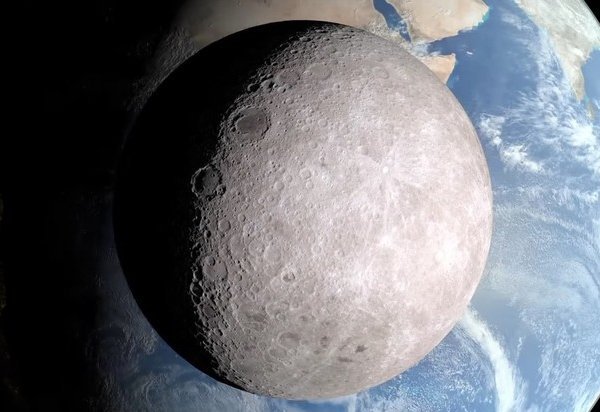
The reverse side of the Moon is more mountainous, in comparison with that seen from the Earth. This is explained by the force of gravity of the Earth, which led to a thinner bark on the side turned to our planet.
5. Seeds of lunar trees
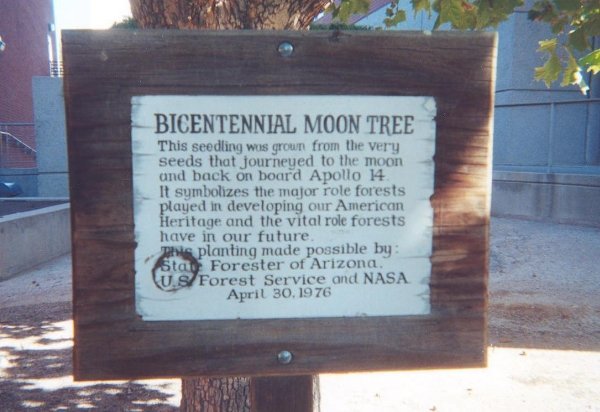
More than 400 trees growing on Earth were brought from the Moon. Seeds of these trees were taken by the crew of Apollo 14 in 1971, the orbit of the Moon and returned to Earth.
6. Asteroid Cruzeti

The Earth may have other natural satellites. The asteroid Krutini moves in orbital resonance with the Earth and makes a complete revolution around the planet in 770 years.
7. Craters on the Moon's surface
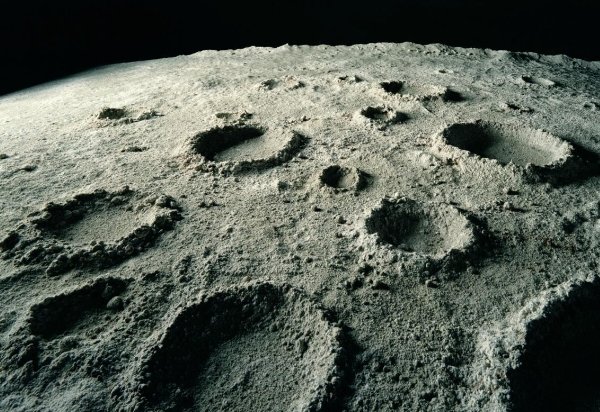
4.1. - 3.8 billion years ago. Craters on the surface of the Moon were left by meteorites. They can not be seen so far only because, in the geological plan, the moon is not as active as the Earth.
8. There is water on the Moon
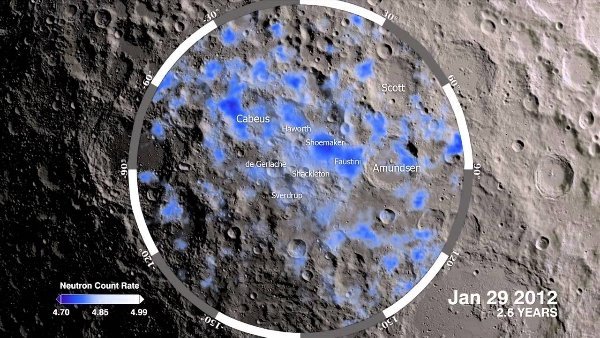
There is water on the Moon. There is no atmosphere on the Earth's satellite, but there is frozen water in shaded craters and under the surface of the soil.
9. The moon is not the perfect ball
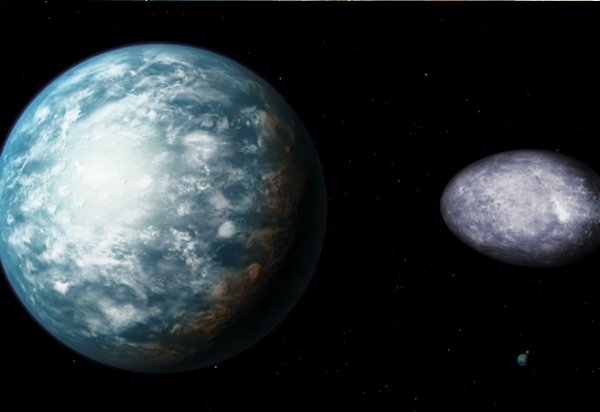
The moon is not really a perfect ball. It, more likely, egg-shaped because of the influence of gravitation of the Earth. In addition, its center of mass is not in the center of the cosmic body, but approximately two kilometers away from the center.
10. The name crater ...
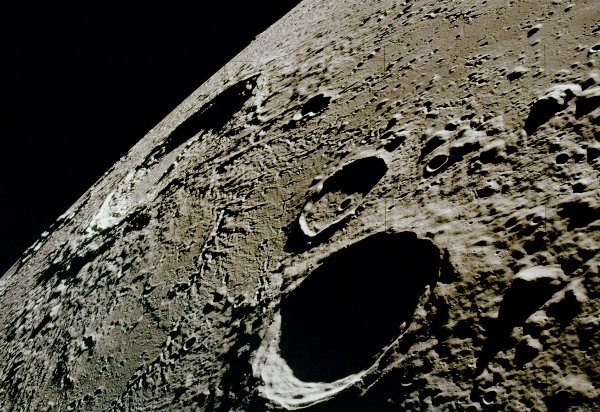
The craters of the Moon were first called by the names of scientists, scientists and researchers, and later by the names of American and Russian cosmonauts.
11. The Moonquake
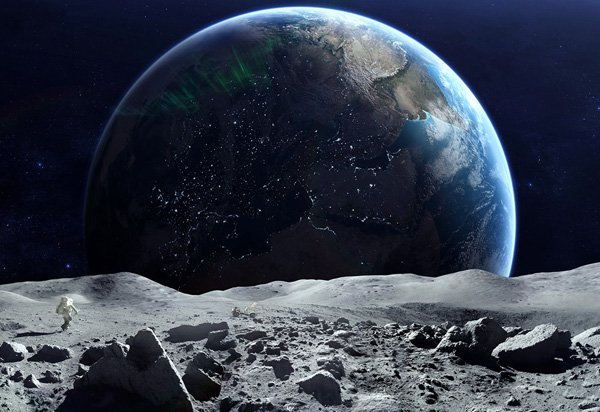
On the Earth's satellite there is a land ... moonquake. They are caused by the gravitational influence of the Earth. Their epicenter is a few kilometers below the surface of the moon.
12. The Exosphere

The moon has an atmosphere called the exosphere. It consists of helium, neon and argon.
13. Dancing dust
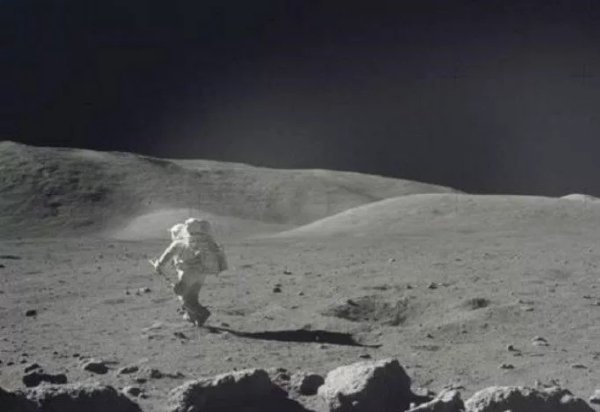
On the moon there is a dancing dust. It hovers above the surface of the moon (more intensely at sunrise or sunset). Particles of dust rise up due to electromagnetic forces.
14. Earth's satellite is more like a planet
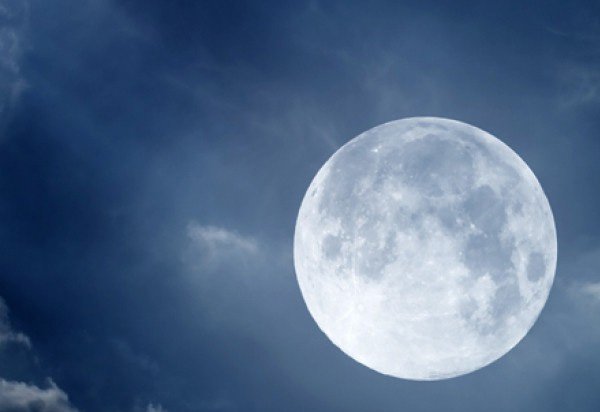
Earth's satellite is more like a planet. The Earth and the Moon are a system of a double planet, similar to the Pluto + Charon system.
15. The moon causes tides on the Earth
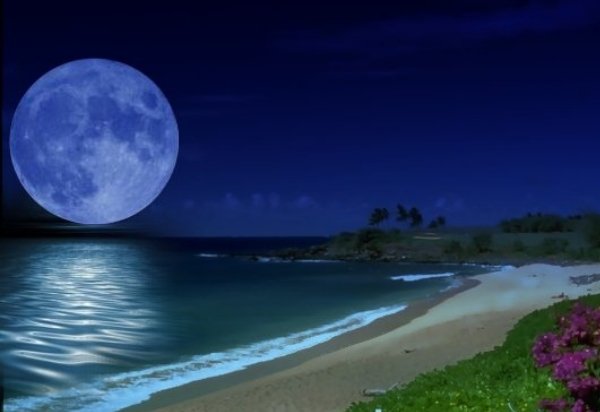
The moon causes tides on the Earth. The gravitational impact of the moon affects the oceans of our planet. The highest tides occur when a full moon or a new moon.
16. The moon moves away from the Earth
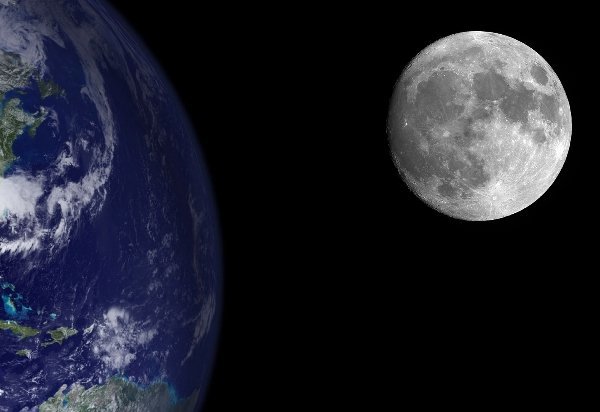
The moon is more and more distant from the Earth. Initially, the Earth's satellite was 22,000 kilometers from its surface, and now it is almost 400,000 kilometers.
17. On the Moon, large daily fluctuations in temperature
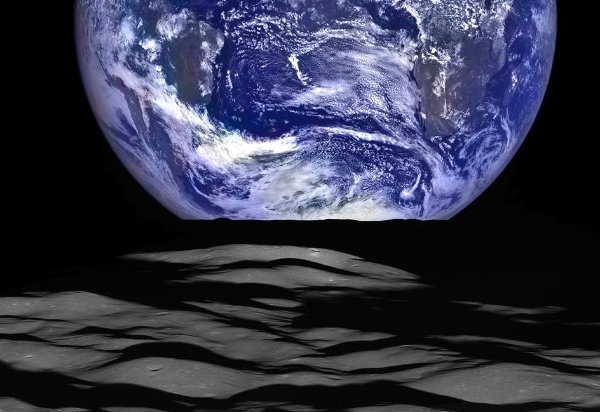
On the Moon, very large temperature fluctuations. In the area of the lunar equator, the temperature ranges from minus 173 at night to plus 127 degrees Celsius during the day.
18. The Lunar Day
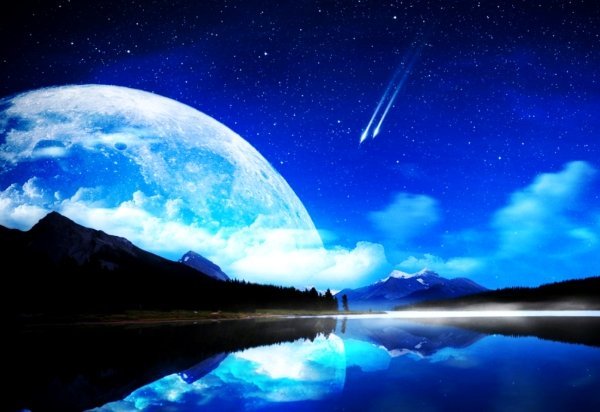
One lunar day is equal to 29.5 days on Earth. The Moon needs 29.5 Earth days, so that the Sun crosses the entire sky.
19. "Ares I" and "Ares V"
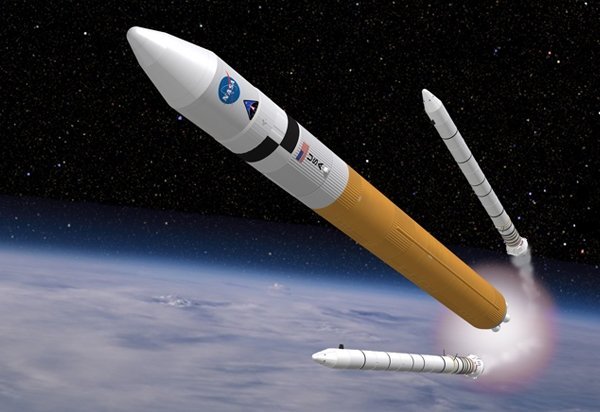
People did not land on the moon for 41 years. Nevertheless, NASA is working on new missiles "Ares I" and "Ares V", which will be able to deliver a useful cargo to the moon and return back.
20. Progress
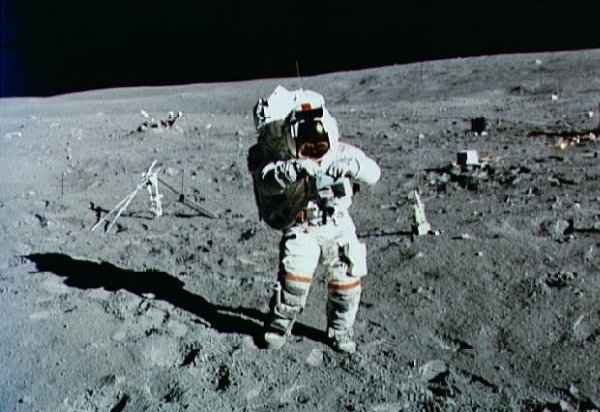
Today, smartphones are much more powerful than the computers used to land Apollo on the moon.
Share:
Interesting articles:
- • The Origin of the Moon
- • The first flight to the moon
- • The moon - the reverse side: riddles and secrets



